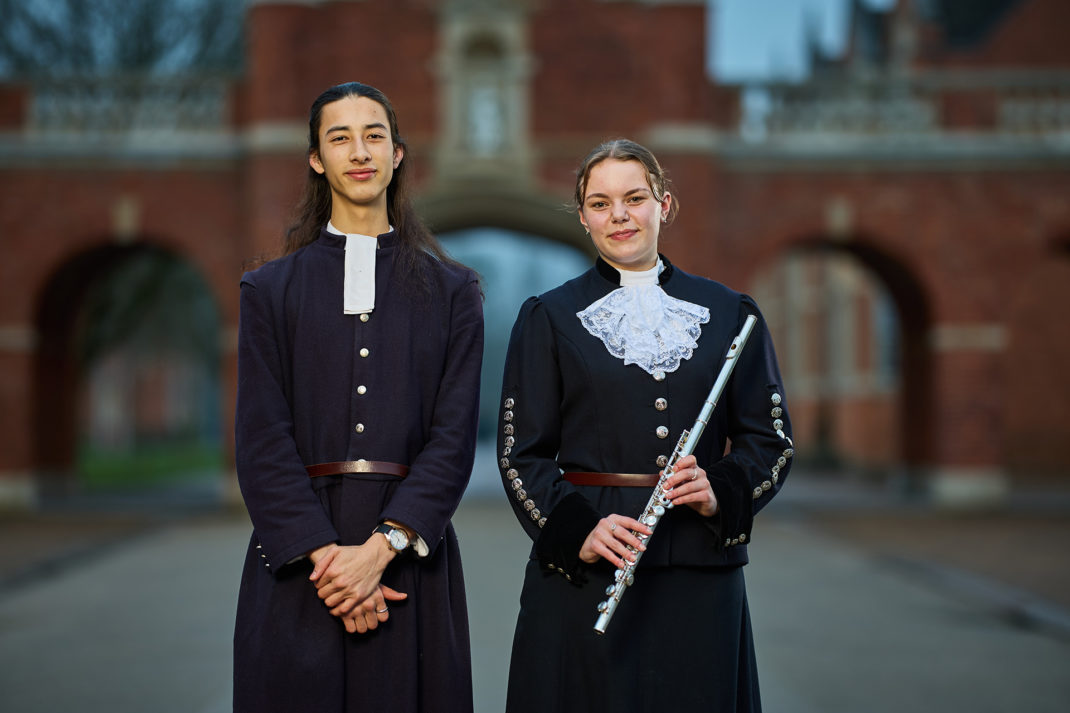London’s Newest Recruits
By
4 years ago
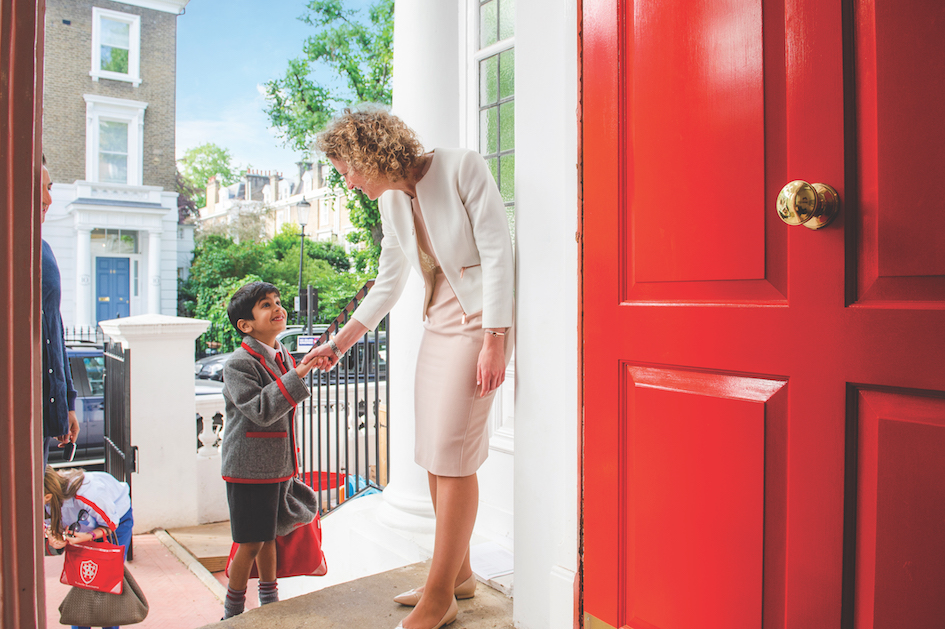

A raft of schools opened recently in the capital are popular with parents because they are cosier and less selective, says Eleanor Doughty
Noisy parakeets are chattering in the garden of Northwood Senior, the Northwood Schools group’s new senior school opposite Tooting Common in southwest London. The back door opens and a flood of 11-year-old boys rushes out – just 13 of them, for Northwood only opened in September.
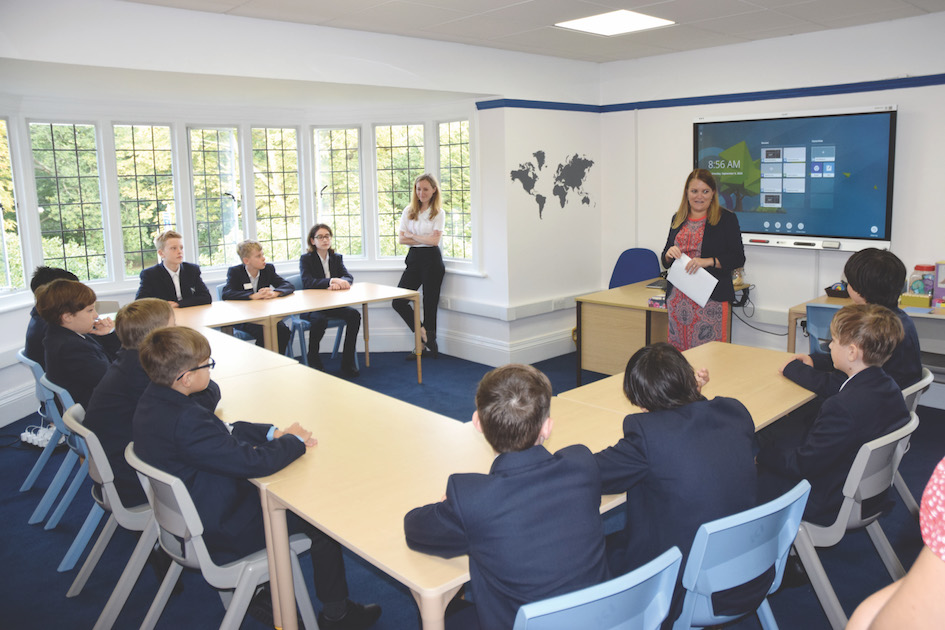
‘We planned a Northwood Schools senior site for eight years,’ explains head, Susan Brooks. ‘We wanted another senior option in southwest London and saw a need for something local. Parents are keen for their children to be closer to home.’ There are a number of independent senior schools in south London, it’s true – but few in the immediate locale. For Balhamites, for example, all-boys school Dulwich is a bus, train and a walk away; for girls, Streatham and Clapham High School (GDST) is nearest; and the co-ed option, Emanuel, is a half an hour walk away – but that’s it. Opening Northwood was not just about filling a geographical need, but an academic one too. ‘People are looking for smaller, cosier environments more than they used to,’ says Brooks. ‘There’s a real move away from the hot-house environment.’
Northwood Senior is one of a number of London day schools expanding upwards, locally – and non-selectively. When Thomas’s opens its senior school this year it will be in good company as the London day school market is undergoing something of a transformation. Maida Vale School, part of the Gardener Schools Group, is one of the new guard. Like Northwood, it caters for local families, many of whom ‘come living within a mile’, says headmaster Steven Winter. Gardener had also spotted a gap in the market for a co-ed mainstream day school, and Maida Vale offers a different approach to education, Winter explains. ‘We focus on values-led learning, and on the pupil as an individual learner.’ The 56 Maida Vale pupils currently enrolled come from Hampstead, Kilburn, Queen’s Park, St John’s Wood and Shepherd’s Bush. ‘People like the idea that we are the local option for perfectly able kids,’ says Winter.
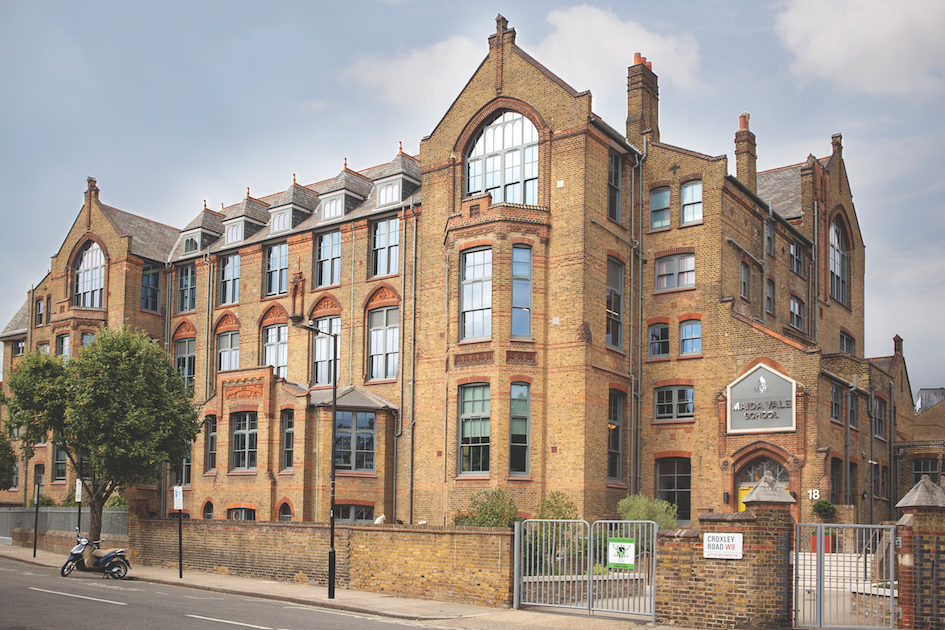
The last year has been tough for independent schools – heck, it’s been a tough decade. In the 13 years following the financial crash, the independent sector has had to adapt, fast. In 2008, over 30 per cent of London councils faced an above-average number of applications from pupils who would have ordinarily attended independent schools. By 2015, the Independent Schools Council (ISC) could boast a record number of pupils at its schools – 517,113.
Today, there are 20,000 more still educated by the ISC’s 1,374 schools. Its 2020 census recorded 29,446 are non-British pupils with parents living overseas, up from 27,221 in 2015. As these figures have risen, schools have reacted. Walking through international Belgravia not long ago, I noticed an advert for Eaton Square School seniors. I double-took: what was this notable prep school doing launching a senior school? It opened its non-selective doors in 2017, for children aged 11 to 16. ‘London has become incredibly competitive academically,’ says Sebastian Hepher, principal of the Eaton Square Schools group. ‘A few years ago I would have argued that London private schools weren’t the place academically for an average boy.’
Expansions such as these make sense, says Diana Morant, head of school and university consultancy at William Clarence Education.
‘Some families want the ease of the all-through school, and buy into a group ethos.’ Wetherby parents can also get a piece of the all-through magic, its senior school in Marylebone opened in 2015. The concept of Wetherby’s new ‘big school’ grew out of the idea that ‘many all-boys schools in London had gone co-ed,’ explains headmaster Seth Bolderow, ‘which decreased the availability of places, so we saw an opportunity for a boys senior school in central London.’
The mainstream approach has worked further west, too. Until this academic year, Knightsbridge School, founded in 2006 by former Coldstream Guards officer, Magoo Giles, stopped at 13. Now, pupils can stay until 16. Like his competitors, Giles is ‘trying to take the pressure off children at the early stages’ but at the same time ‘we’re trying to appease our parents who are saying, “Please go older so we can stay with you”.’ In SW6, Fulham School has also expanded, now taking children – with a ‘wide range of abilities’ – up to 18, says headmaster Chris Cockerill. ‘There is something for everyone here. Every year we send two or three students to St Paul’s, but we are seeing a shift towards those who prefer our environment.’ This is a very local one. ‘A lot of our parents live in the neighbouring streets,’ adds Cockerill. But are these shiny new senior schools making the old guard quake in their boots? ‘There is always going to be a market for St Paul’s and Westminster,’ says Morant. ‘Virtually every client I speak to says that they want their child to get in there.’
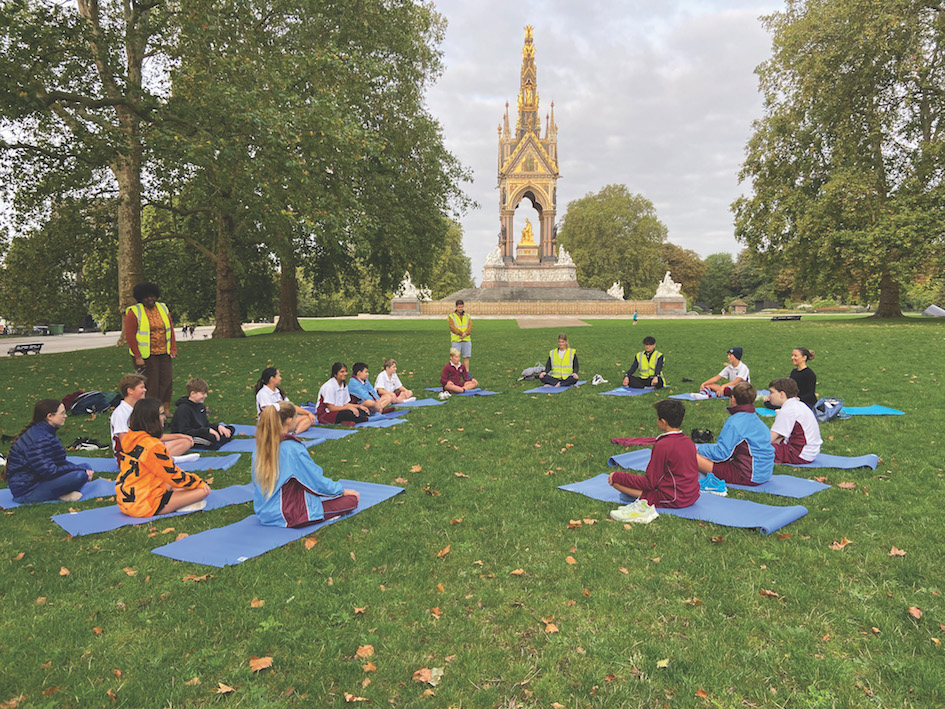
No-one denies that 2020 challenged schools. According to Barnaby Lenon, chairman of the ISC, about 40 independent schools have closed, although ‘20 close in a normal year’. But how schools react to adversity and seek to improve their bottom line is changing. In the last couple of years, several new partnerships have been formed – Chelsea’s Redcliffe School is now run by The Goldolphin and Latymer Foundation; in Worcestershire, Malvern College and Abberley Hall School have a formal association; and in Buckinghamshire, the newly-formed Stowe Group comprises Stowe, and two prep schools, Swanbourne House and Winchester House School, to ‘enable pupils to enjoy access to enhanced teaching and learning environments.’
The potential London exodus has added anxiety. ‘There has been a lot of talk about the recent increase in London-based buyers moving to the country,’ says Frances Clacy, an associate in residential research at Savills. A survey conducted by the agency in August showed that in the £2m-plus country house market, London-based buyers ‘accounted for 38 per cent, an increase on their ten-year average of 30 per cent’. Heads in different corners of the capital have mixed opinions on whether or not this exodus has actually materialised. ‘It was definitely noticed within our group,’ says Brooks. In Fulham, Cockerill thinks, ‘it is a bit overblown. Those who are here love London.’ Bolderow was ready for the exodus, but hasn’t observed it. Instead, he has ten extra boys who were previously destined for boarding schools.
Where the so-called London exodus has definitely had an impact, observes Alison Melrose, headmistress of Prince’s Gardens Preparatory School in Kensington, is on the teachers. ‘We have seen members of staff, die hard Londoners, evaluating their life choices,’ she says. Often, teachers living in small flats ‘have had to teach online learning with one or two adults working from home in the same flat, where they might also have children. That’s really challenging.’
Until Brexit’s conclusion, this will remain a threat for schools and for international families. On the whole, Bolderow adds, ‘I haven’t heard from our European families that they are looking to move because of Brexit. They are settled in London. There is still something about a British education that means people want to be able to access it.’ Morant agrees: ‘Our schools business is busier than it’s ever been.’ While once upon a time, it was Russian families flooding in, now it’s Americans making their mark. ‘A number of American families have come to London purely for their children’s education,’ she says.
But a sector cannot rely on international families alone.
To assess the future of the London market, we need to examine the schools in a geographical context. The central-north schools, including North London Collegiate, ‘are always going to be popular,’ says Morant. ‘There is constant demand in the north London Hampstead-Highgate bubble.’ Then there’s the central- central schools in Chelsea and Kensington, including Eaton Square and Knightsbridge, and ‘there is always going to be demand there too’. Going south, and you reach the ‘outer tier’ including the villages of Clapham and Dulwich, where schools are ‘more reliant on a domestic market, as they haven’t got the same number of international families as in central London,’ says Morant.
In some areas, there are excellent Girls’ Day School Trust schools, including in Wimbledon, Sydenham and Blackheath, and it is in these areas where domestic parents ‘might find the fees a struggle,’ adds Morant. Hepher is more confident about the future of the suburban schools than he is about the central ones. ‘Schools in the outer areas of London will remain fairly buoyant,’ he says. ‘They will be affected by families moving to the countryside, but they will fill those places.’
It’s not the next five years that will determine the future of the independent school, but the next ten. For many younger millennials, the prospect of finding the money for school fees is frightening, as schools tip over the £40,000 annual marker. ‘Maybe there will be more demand for day schools,’ muses Morant. Still, it’s going to be tough. ‘Your average private school parents both work really hard to afford day fees. People always think of the Etonian in the top hat, but that’s not the norm – for the schools or the parents.’

